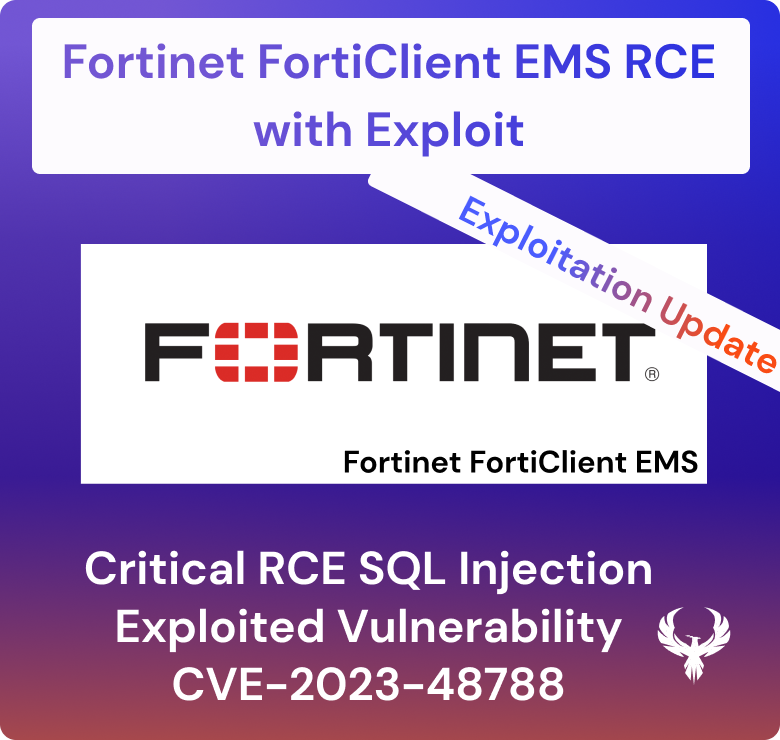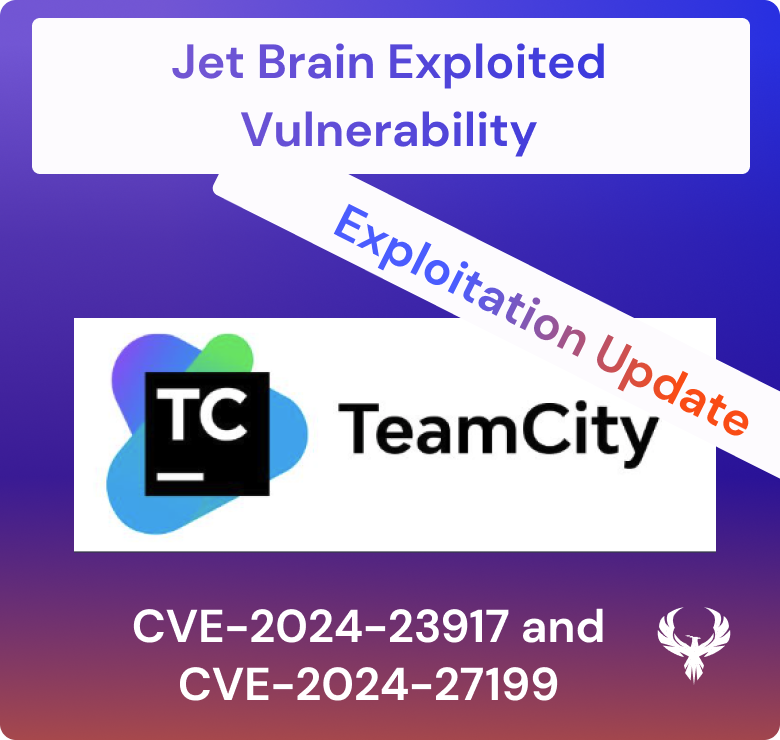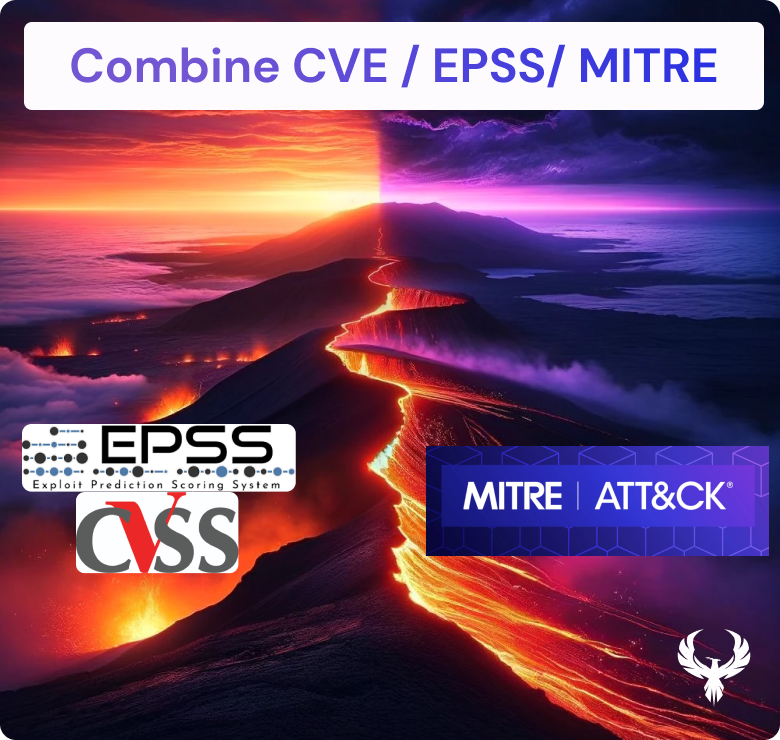We often come across those questions. are compliance programmes and vulnerability management, posture management different?
Yes and no is the answer. With compliance, we try to be guided by a framework to implement security, while vulnerability management is usually one of the process parts of any of the frameworks
So how do you join the two? easy you look for the elements that match compliance and vulnerabilities
Every compliance framework has similar steps
- Prepare a plan/programme
- Collect Assets and assign to users
- Assess Assets with some form of vulnerability scan
- Structure a set of actions for the compliance process and assign tasks/targets
- Execute on those targets
- measure progress towards green
What are the frameworks you might look into?

ISO 27001

The ISO/IEC 27001:2013 standard focuses on creating an information security management system (ISMS) that protects confidentiality, integrity, and availability of information as part of the risk management process.
Under ISO 27001:2013, a vulnerability is defined as “a weakness of an asset or control that could potentially be exploited by one or more threats.” A threat is defined as any “potential cause of an unwanted incident, which may result in harm to a system or organization.”
What Controls can we map in vulnerability management?
-Asset Management
- Management of technology vuln (12.6.1)
- Risk assessment controls
- Software security issues (8.1.1)
- Logging and monitoring (A12.4)
- Annex A12.5 – Controls for operational software
NIST Cybersecurity Framework
The NIST Cybersecurity Framework is voluntary guidance based on existing standards, guidelines, and practices for organizations to better manage and reduce cybersecurity risk. In addition to helping organizations manage and reduce risks, it was designed to foster risk and cybersecurity management communications amongst internal and external organizational stakeholders.

https://www.nist.gov/cyberframework/framework
The framework is composed of several parts for brevity, we refer to the core elements that form the framework, for this writeup we will focus only on the main categories and subcategories, citing the individual numbers.

Identify
- ID-RA-1 – Assets are identified
- ID-RA 2 – Threat and vulnerabilities are identified
Protect
- PR.IP-12 – Vuln management plan is developed and implemented
- PR.IP-7 – Protection Processes are continuously implemented
Detect
- DE.CM – asset are monitored at intervals
- DE.DP-5
- Det. Proc. Are improved
- DE.CM-8 – Vuln Scans are performed
Respond
- RS-MI-3 – New Vuln are mitigated, and risk accepted
- RS-IM – Org resp activities are improved with lessons learned
CISA Vulnerability management
CISA for Vulnerability management is part 4 of the control guidance distributed by CISA and part of the CRR Resource Guide series. This document is one of 10 resource guides developed by the Department of Homeland Security’s (DHS) Cyber Security Evaluation Program (CSEP) to help organizations implement practices identified as considerations for improvement during a Cyber Resilience Review (CRR).1 The CRR is an interview-based assessment that captures an understanding and qualitative measurement of an organization’s operational resilience, specific to IT operations
- Section 3/4 – Preparation of analysis and resolutions
- Section 3,4,5 – Process for identification & Analysis are updated and info are kept current
- Section 5 – Exposure to identified vuln are managed
- Section 5 – Root Cause of vulnerabilities are addressed
What BOD Regulation Vulnerability management help
- BOD 22-01 – Reducing the Significant Risk of Known Exploited Vulnerabilities
- BOD 20-01 – Develop and Publish a Vulnerability Disclosure Policy
- BOD 19-02 – Vulnerability Remediation Requirements for Internet-Accessible Systems
- BOD 18-02 – Securing High Value Assets
Following a mapping link to NIST, CISA and the various controls/sections
| CRR Goal and Practice [CERT-RMM Reference] | NIST CSF Category/ Subcategory | Vulnerability Management Resource Guide Reference |
| Goal 1 – Preparation for vulnerability analysis and resolution activities is conducted. | — | — |
| 1. Has a vulnerability analysis and resolution strategy been developed? [VAR: SG1.SP2] | PR.IP-12: A vulnerability management plan is developed and implemented | Section III, Step 3 Section IV, Step 1 |
| 2. Is there a standard set of tools and/or methods in use to identify vulnerabilities in assets? [VAR: SG1.SP2] | DE.CM: The information system and assets are monitored at discrete intervals to identify cybersecurity events and verify the effectiveness of protective measures. | Section III, Step 2 Section IV, Step 1 |
| Goal 2 – A process for identifying and analyzing vulnerabilities is established and maintained. | — | — |
| 1. Have sources of vulnerability information been identified? [VAR: SG2.SP1] | ID.RA-2: Threat and vulnerability information is received from information sharing forums and sources | Section III, Step 2 Section IV, Step 1 Section IV, Step 5 |
| 2. Is the information from these sources kept current? [VAR: SG2.SP1] | DE.DP-5: Detection processes are continuously improved ID.RA-2: Threat and vulnerability information is received from information sharing forums and sources PR.IP-7: Protection processes are continuously improved | Section IV, Step 8 |
| 3. Are vulnerabilities being actively discovered? [VAR: SG2.SP2] | DE.CM-8: Vulnerability scans are performed ID.RA-1: Asset vulnerabilities are identified and documented | – |
| 4. Are vulnerabilities categorized and prioritized? [VAR: SG2.SP3] | PR.IP-12: A vulnerability management plan is developed and implemented | Section V, Step 4 |
| 5. Are vulnerabilities analyzed to determine relevance to the organization? [VAR: SG2.SP3] | PR.IP-12: A vulnerability management plan is developed and implemented | Section V, Step 4 Section V, Step 5 Section V, Step 7 |
| 6. Is a repository used for recording information about vulnerabilities and their resolution? [VAR: SG2.SP2] | ID.RA-1: Asset vulnerabilities are identified and documented PR.IP-12: A vulnerability management plan is developed and implemented | Section IV, Step 1 Section IV, Step 6 Section V, Step 5 Section V, Step 6 Section V, Step 7 |
How we can help
Phoenix Security helps identify elements related to regulation and help automate and scale most of the regulation above.














